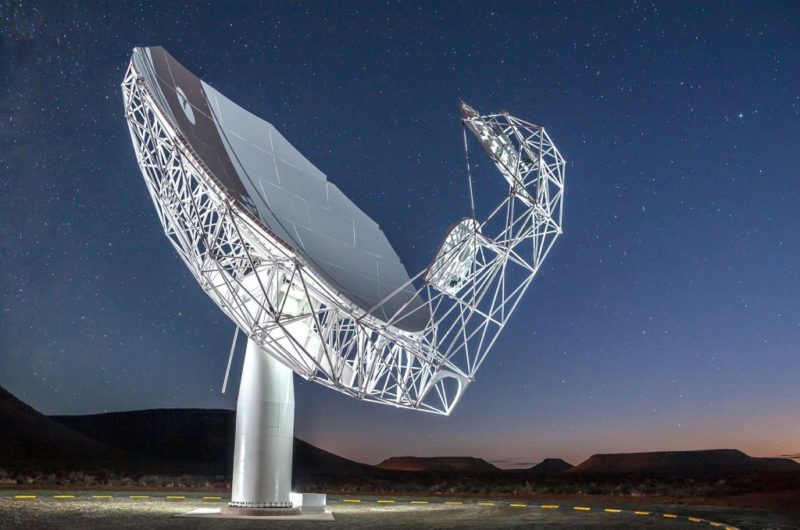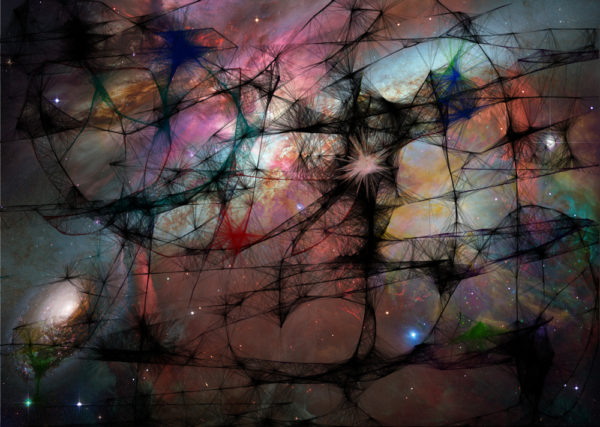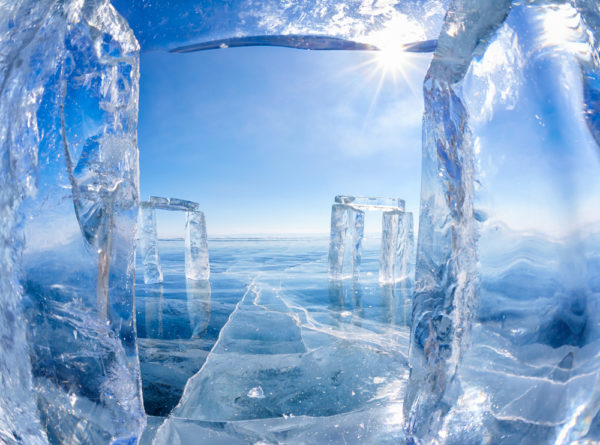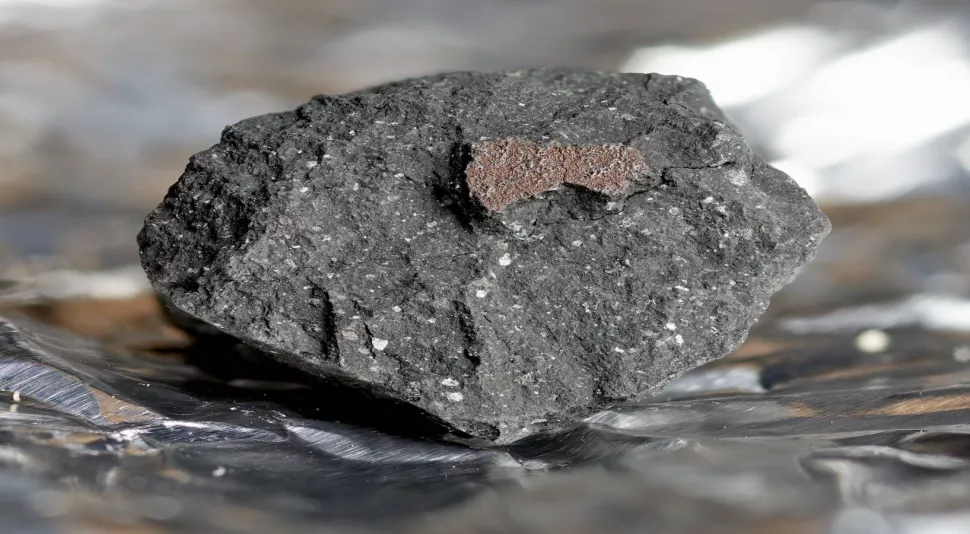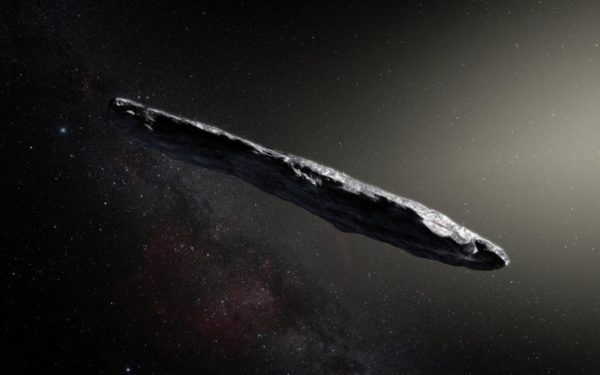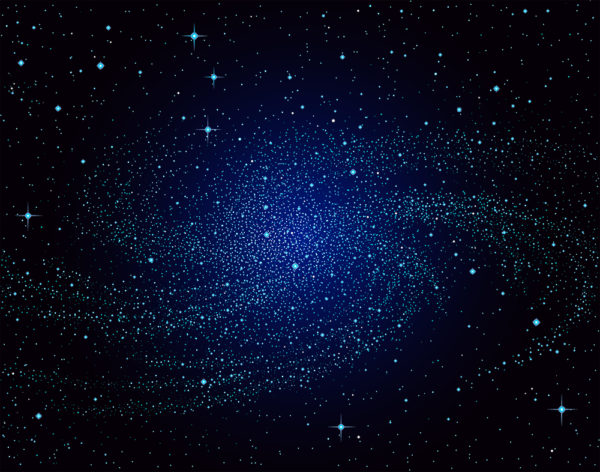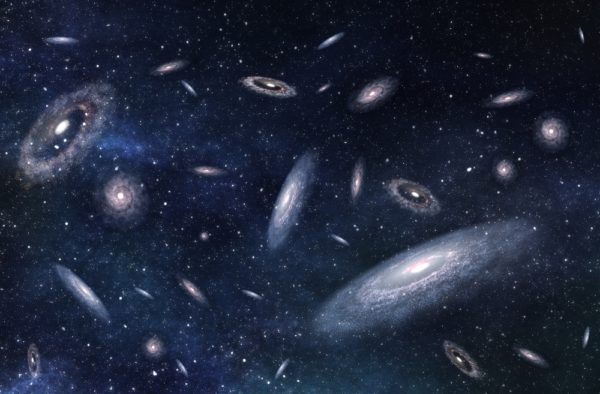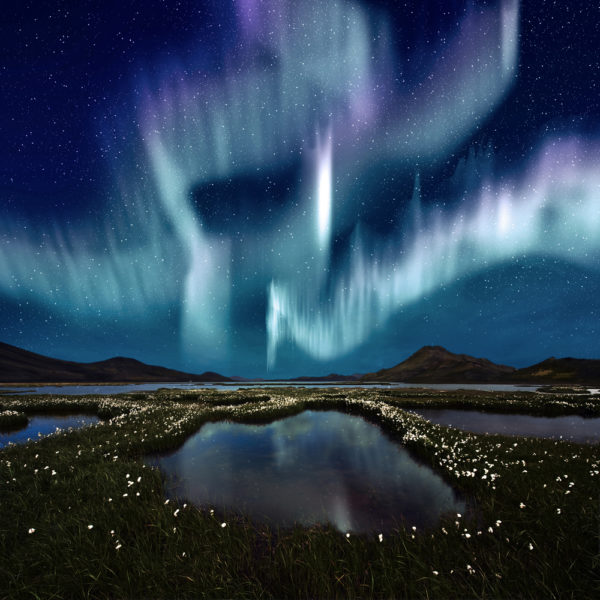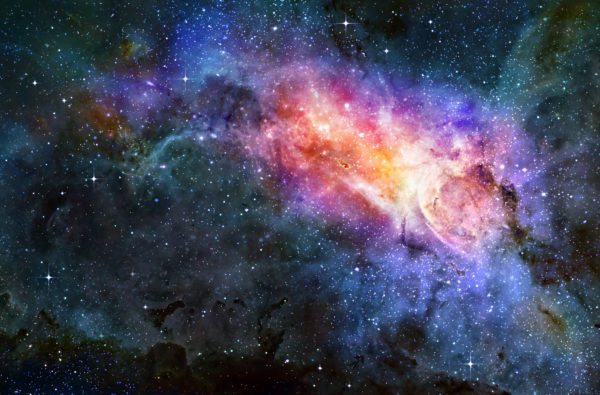Writer Fuel: South Africa’s MeerKAT Telescope Joins the Search for Aliens
One of the world’s largest telescopes has just joined the hunt for signs of alien life elsewhere in the cosmos. Since 2016, the Breakthrough Listen project has been quietly using radio telescopes to listen for unusual radio signals, or technosignatures, from potential advanced extraterrestrial civilizations within the Milky Way. The project, launched in part by … Read more

